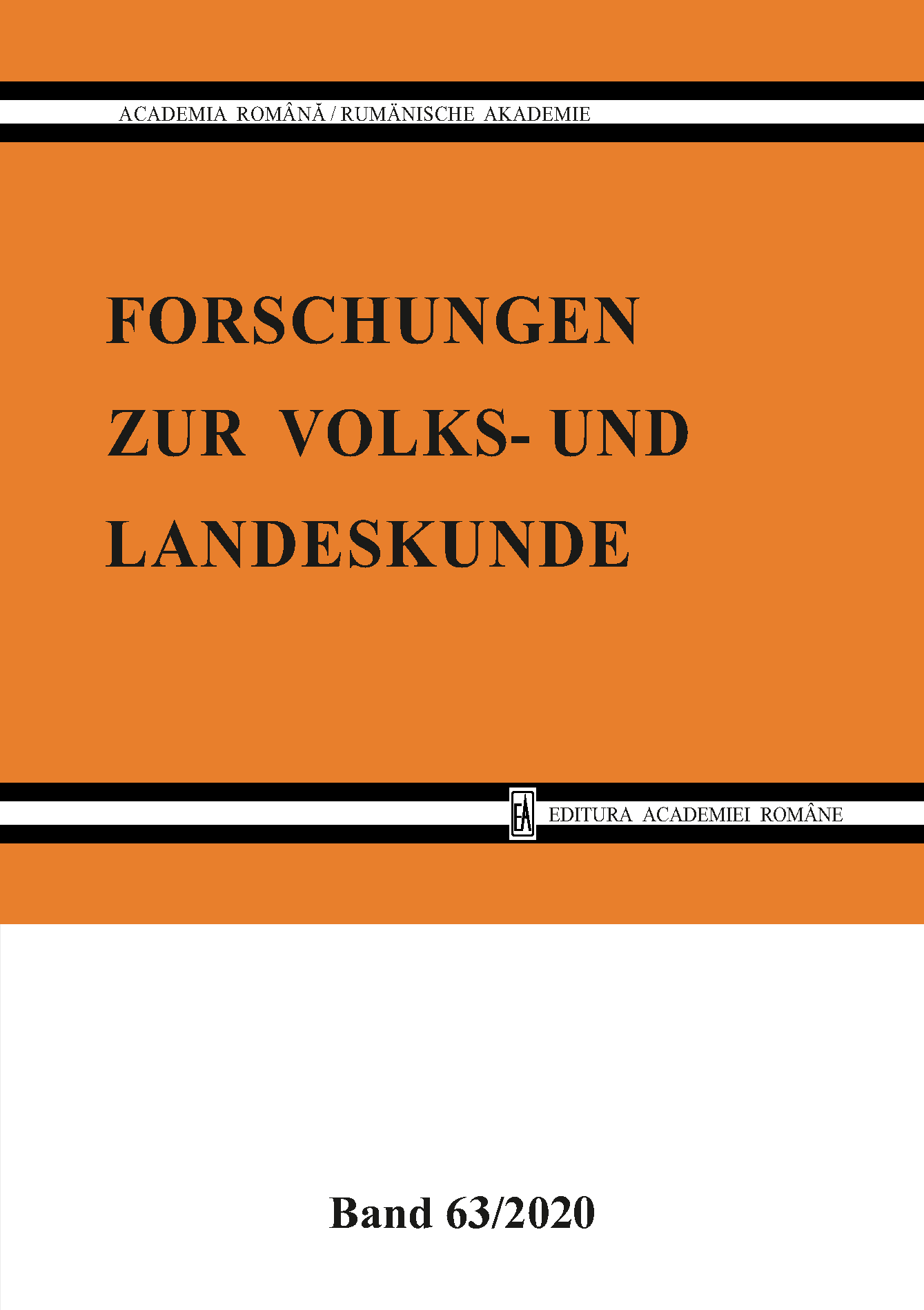KUPFERGEWINNUNG IM KOMITAT BIHAR IM 16.–17. JAHRHUNDERT
Copper Mining in the Bihar County in the 16th and 17th Centuries
Author(s): Petra Mátyás-RauschSubject(s): History, Economic history, Modern Age, 16th Century, 17th Century
Published by: Editura Academiei Române
Keywords: copper-mining; administration; settlement; mining domains; jurisdiction; market town;
Summary/Abstract: The topic of this study is an era in the history of mining in Transylvania hitherto neglected by historiography, studies and general survey monographs on this era of mining have only discussed it in few sentences. The present study (and my previous monography) also wishes to follow the works penned by Oszkár Paulinyi in the early 20th century. The Transylvanian mining region consisted of several smaller mining regions, thus, it was not a homogenous territorial, economic or social entity. Copper mining in Bihar was different from the other Transylvanian mining regions, first of all, it was situated in the Partium, and secondly there was first of all copper-exploitation. From the settlements in the valley of Fekete-Körös (Crișul Negru) excelled the market town Belényes (Beiuș), it performed double functions in these centuries, because it was at the same time centre of domain and centre of copper-mining too. In Belényes was only the centre of mining-administration, while the centre of exploitation was to be found in Kisbánya (Băița). Despite of the poor condition of the sources, I tried to present a system of copper mining in the time of the Principality of Transilvania. It might have had an effect on this region’s development the fact that Gábor Bethlen settled German miners near by the Körös, but we can suppose that he couldn’t realize his ambitious plans. For lack of so many dates, we couldn’t paint a complete “portrait” of the real circumstances of the early modern Transylvanian copper mining, but it could be declared that the productions made by these factories played a very important role in the supply of the fortress Várad (so it was called a gate of Transylvania). An organic part of the history of this mining region is the definition of mining domain, the characterisation of its role in mining. Mining domains played an important role in the mining culture of these centuries, both in administration and excavation. The population of villages and estates that belonged to the domain made up a significant part of miners and factory workers (selection, calcination); production could not have been continued without this workforce.
Journal: Forschungen zur Volks- und Landeskunde
- Issue Year: 2020
- Issue No: 63
- Page Range: 7-43
- Page Count: 37
- Language: German
- Content File-PDF

